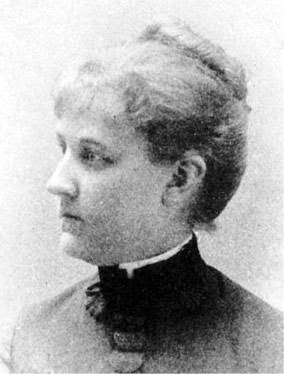Louise Blanchard Bethune
| Louise Blanchard Bethune | |
|---|---|
 |
|
| Born |
July 21, 1856 Waterloo, New York |
| Died | December 18, 1913 (aged 57) Buffalo, New York |
| Nationality | American |
| Occupation | Architect |
| Practice | Buffalo, New York |
| Buildings | Hotel Lafayette |
Louise Blanchard Bethune (July 21, 1856 – December 18, 1913) was the first American woman known to have worked as a professional architect. She was born in Waterloo, New York. Blanchard worked primarily in Buffalo, New York and partnered with her husband at Bethune, Bethune & Fuchs.
Her work includes the Hotel Lafayette. The Buffalo Meter Company Building was renamed Bethune Hall in her honor by the University at Buffalo. It is now being redeveloped into the Bethune Lofts.
Bethune was born Jennie Louise Blanchard in Waterloo, New York in 1856. The Blanchard family moved to Buffalo, New York when she was a child. She graduated from the Buffalo Central High School in 1874. In 1881, she wed Canadian Robert A. Bethune (1855-1915), also an architect. Together they had one son, Charles William Bethune.
Bethune reportedly purchased the first woman's bicycle to go on sale in Buffalo. She was an active member of the Women's Wheel and Athletic Club.
Bethune planned on going to architecture school at Cornell. Instead, in 1876, she took a job working as a draftsman in the office of Richard A. Waite and F.W. Caulkins, well known architects in Buffalo, New York. At the time, it was more common to learn architecture while working for a firm rather than in a classroom.
In 1881, after five years in Waite's office, she opened an independent office partnering with Robert Bethune in Buffalo, earning herself the title of the nation's first professional woman architect.
Bethune was elected a member of the Western Association of Architects (WAA) in 1885. She later served a term as a vice president of the W.A.A. She was named the first female associate of the American Institute of Architects (A.I.A.) in 1888 and in 1889, she became its first female fellow.
In 1891, she refused to compete in a design competition for the Women's Building at the World’s Columbian Exposition in Chicago because men were paid $10,000 to design buildings for the fair while the women got only $1,000.
...
Wikipedia
